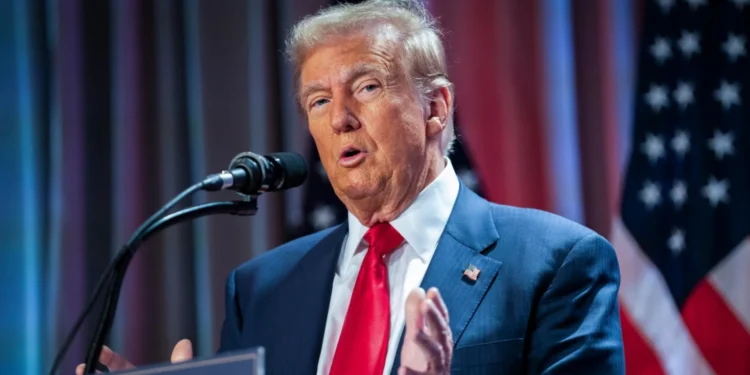Lagatar24 Desk
New Delhi: With Donald Trump set to return to the White House in January 2025, his 100% tariff threat on Brics nations, including India, over developing a Brics currency has heightened global economic tensions. This comes after the bloc, comprising Brazil, Russia, India, China, South Africa, and other members, discussed reducing reliance on the US dollar during an October meeting in Kazan, Russia.
India, while supporting the idea of reducing dependence on the US dollar, remains wary of endorsing a Brics currency due to economic and strategic concerns. The US, India’s largest trading partner with bilateral trade exceeding USD 120 billion in FY24, plays a critical role in sectors like pharmaceuticals, IT, and textiles, which could face increased costs and reduced competitiveness if tariffs are imposed.
India’s Cautious Approach
External Affairs Minister S Jaishankar highlighted the complexities of adopting a common Brics currency, citing the need for alignment in fiscal, monetary, and economic policies among member nations. Speaking to Mail and Guardian, he emphasized that many nations prefer using their own currencies for trade, driven by cost and efficiency considerations.
“From time to time, people have raised that there should be a Brics currency, but to achieve this, enormous alignment of fiscal and monetary policies is required,” Jaishankar said, noting that such alignment is currently absent.
India is performing well economically and sees little incentive to adopt a currency that could undermine its stability. Additionally, concerns over China’s dominance within Brics and its potential to leverage the bloc for its geopolitical agenda add to India’s cautious stance.
US Dollar’s Critical Role
While the Brics nations aim to challenge the US dollar’s dominance, India acknowledges the dollar’s integral role in global trade and its own financial transactions. Supporting a Brics currency could jeopardize lucrative trade relations with Western powers and destabilize India’s balanced foreign policy approach.
Impact of Trump’s Tariff Threat
If Trump follows through on his tariff warning, Indian exporters may face higher costs, particularly in key sectors like textiles and IT services, diminishing their competitiveness in the US market. This threat underscores the risks of deviating too far from established economic partnerships.
India’s Position Within Brics
India’s approach reflects its desire to maintain strategic autonomy while ensuring economic stability. While committed to de-dollarization in principle, India prioritizes gradual reforms that do not alienate its Western allies or destabilize its growing economy.







